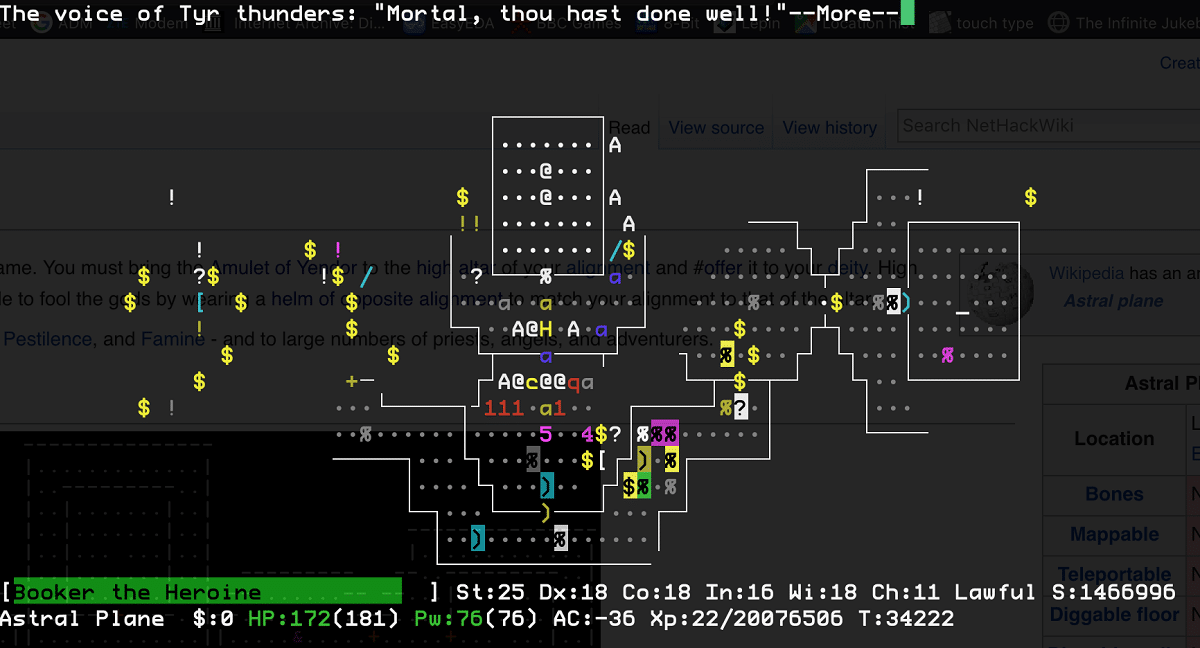Game Design Exercises: An Alphabet of Monsters
Luke Gearing once wrote about using a limited set of monsters for Wolves Upon the Coast, and felt this helped give the setting that intangible quality of making a place feel real in the imagination of the player.
Creative constraints are good to have, so I decided to give it a shot for the adventure scenario(s) I’m working on. The particular constraint I landed on was only allowing a single monster type for each letter of the alphabet. This felt natural to me from playing roguelikes where on the ASCII grid that you play a “D” is a dragon, and a “T” is a troll, etc.

Of course in a game like Nethack it utilizes upper and lowercase letters, colors, and symbols like “@” or “&”. But our aim is minimalism, so working with the English alphabet we get 26 monsters at most, but most likely will not use all the letters like Q or X. So perhaps we end up with 24 or 20, which gives us some flexibility for how we generate our encounter tables. And this constraint means that if we create an entry for a ghoul, there are no goblins or ghosts in this world. So you really have to think about what is important to include in the world, and why. The same artificial constraints though also give you some flexibility. There may be no ghosts, but perhaps there are spirits. If you need skeletons and goblins, maybe they are haunted spirits, and therefore no hill giants.
If you do need some extra flexibility an entry could contain tables for variations. Gus L has a nice post for mantichora, and I’m always down for chimera type creatures where you roll a few dice to see what mashup of giant beasts you get.
For statting monsters I like Luke Gearing’s system neutral approach where you compare the AC to a particular armor type, and just state the weapon/special abilities.
Ettin
6 HD. AC as chain mail. Giant mace, and 3 spells of a battle mage. Ml 9.
Head of a warrior, and head of a wizard. The ultimate killing machine.